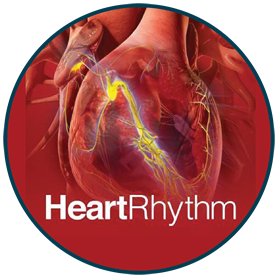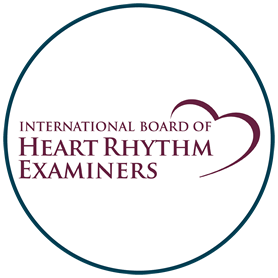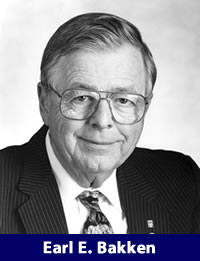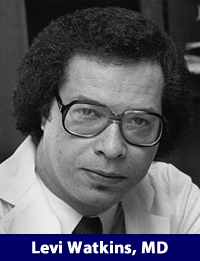40th Anniversary
The Heart Rhythm Society is a thriving global community of heart rhythm professionals who share a passionate commitment to education, discovery, and the best patient care. However, the story was very different 41 years ago, until a small group of physicians in a fledgling subspecialty of cardiology asked, "What if …?"

Today, the Heart Rhythm Society is a thriving global community of heart rhythm professionals who share a passionate commitment to education, discovery, and the best patient care. However, the story was very different 41 years ago, until a small group of physicians in a fledgling subspecialty of cardiology asked, "What if …?"
"What if there was a medical society dedicated exclusively to heart rhythm disorders? What could we achieve then?"
On the occasion of the Heart Rhythm Society’s 40th anniversary we amassed the information below to honor their vision and celebrate all that we have achieved in the field of electrophysiology.
Our thanks to the members of the Heart Rhythm Society History Committee and to Berndt Lüderitz, MD, PhD, author of Profiles in Cardiac Pacing and Electrophysiology, for helping us spotlight these pioneers.
Timeline
First portable pacemaker, powered by alternating current (AC) from electrical wall outlets.
First battery-operated externally wearable pacemaker.
First self-contained, rechargeable pacemaker used in human patient; first transvenous pacing.
First fully implantable pacemaker, powered by mercuric oxide-zinc battery cells.
First direct current (DC) defibrillator.
Demand pacemakers developed, becoming basis for all modern pacemakers.
Lithium-iodide batteries introduced to extend pacemaker longevity.
Dual-chamber pacemakers introduced.
North American Society for Pacing and Electrophysiology (NASPE) founded.

First implantable cardioverter-defibrillator (ICD) used in human patient.
First NASPE Scientific Sessions held at ACC annual meeting in Houston.

Steroid-eluting leads developed to decrease inflammatory response.
Pacing and Clinical Electrophysiology (PACE) named journal of record.

Rate-responsive pacemakers introduced to adjust to patient’s activity level.
First NASPE policy conference held to improve practice of cardiac pacing.

First catheter ablation and first RF ablation.
First standalone Scientific Sessions held in New York.

NASPExAM founded as credentialing organization; Allied Professionals group started.

IX World Symposium of Cardiac Pacing sponsored by NASPE in Washington, D.C.

Remote monitoring of ICD data adopted to enhance patient follow-up.
First Board Review Course in electrophysiology offered.

First clinical use of cardiac resynchronization therapy (CRT).
HeartRhythm launched as official journal.

Renamed Heart Rhythm Society; relocates to Washington, D.C.

NASPExAM rebranded as International Board of Heart Rhythm Examiners (IBHRE).

HRS admitted to AMA House of Delegates.

First cardiac mapping systems producing real-time, 3D images introduced.
First subcutaneous ICD (S-ICD) developed without leads touching the heart.
Clinical trials of leadless pacing, designed to reduce lead failure, valve injury, and infection begun.
First atrial closure devices implanted in high-risk stroke patients.
EP Lab Accreditation standards submitted for public comment; program launches in 2016.

HRS Communities created to facilitate online and in-person networking.

First standalone HRS meeting held outside North America, in Shanghai.

First Digital Health premier session held on diagnosis/disease management technologies and implications for providers.

















